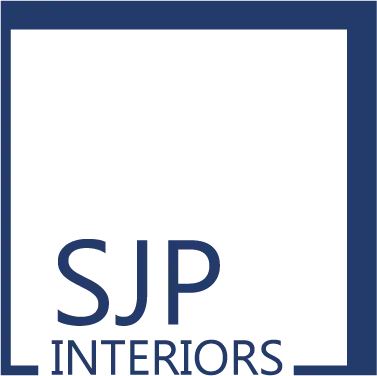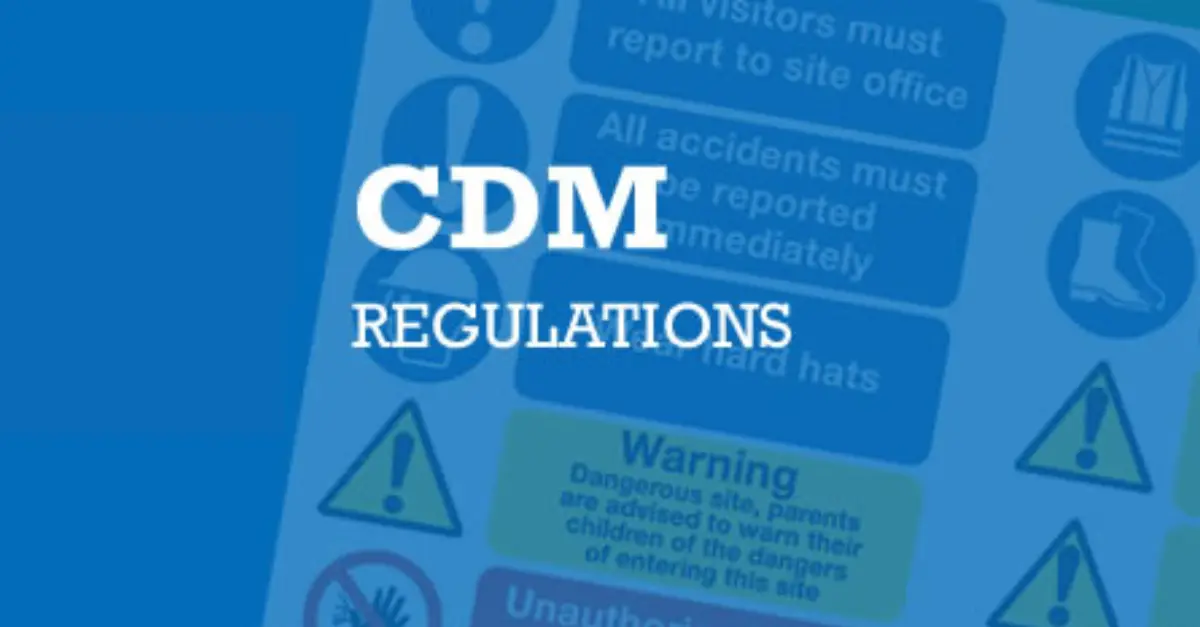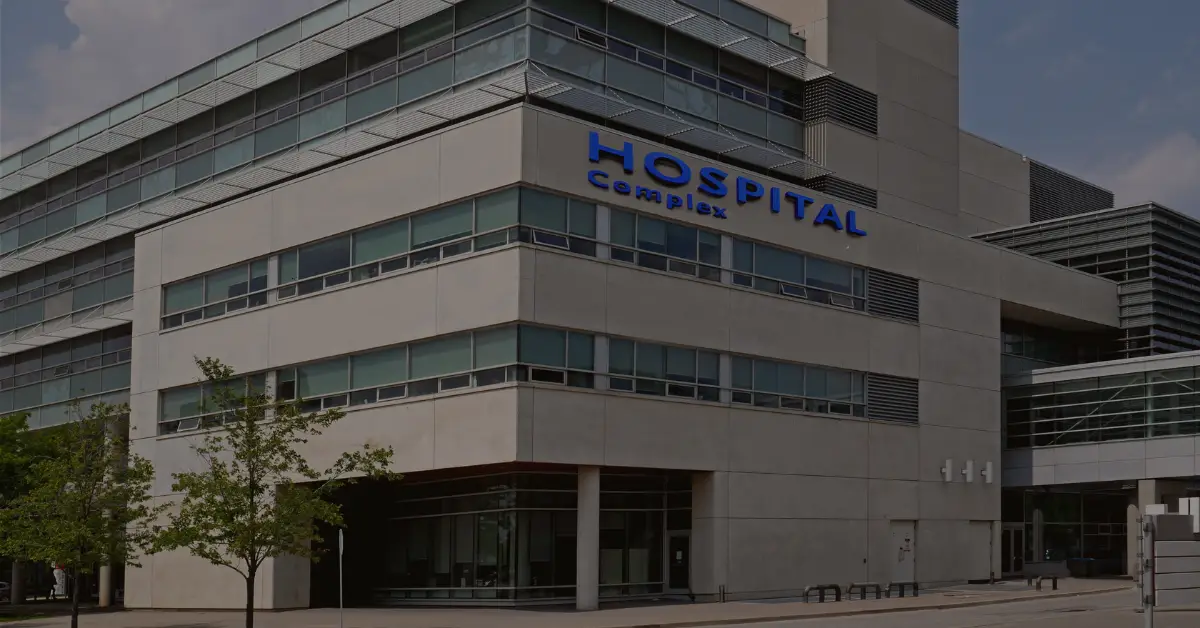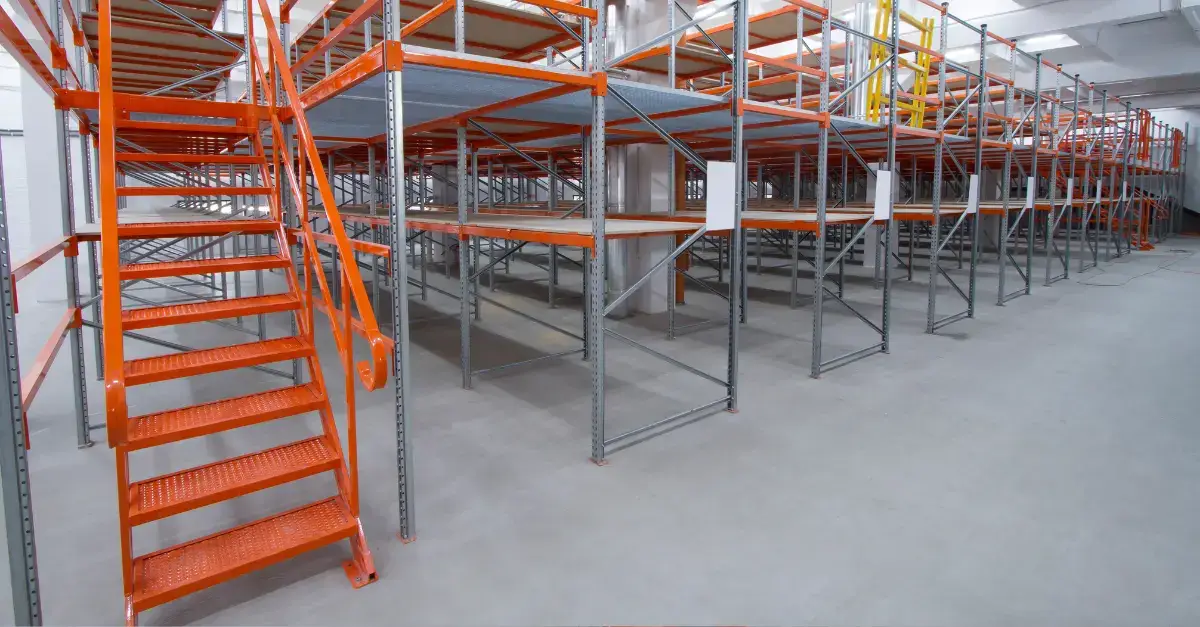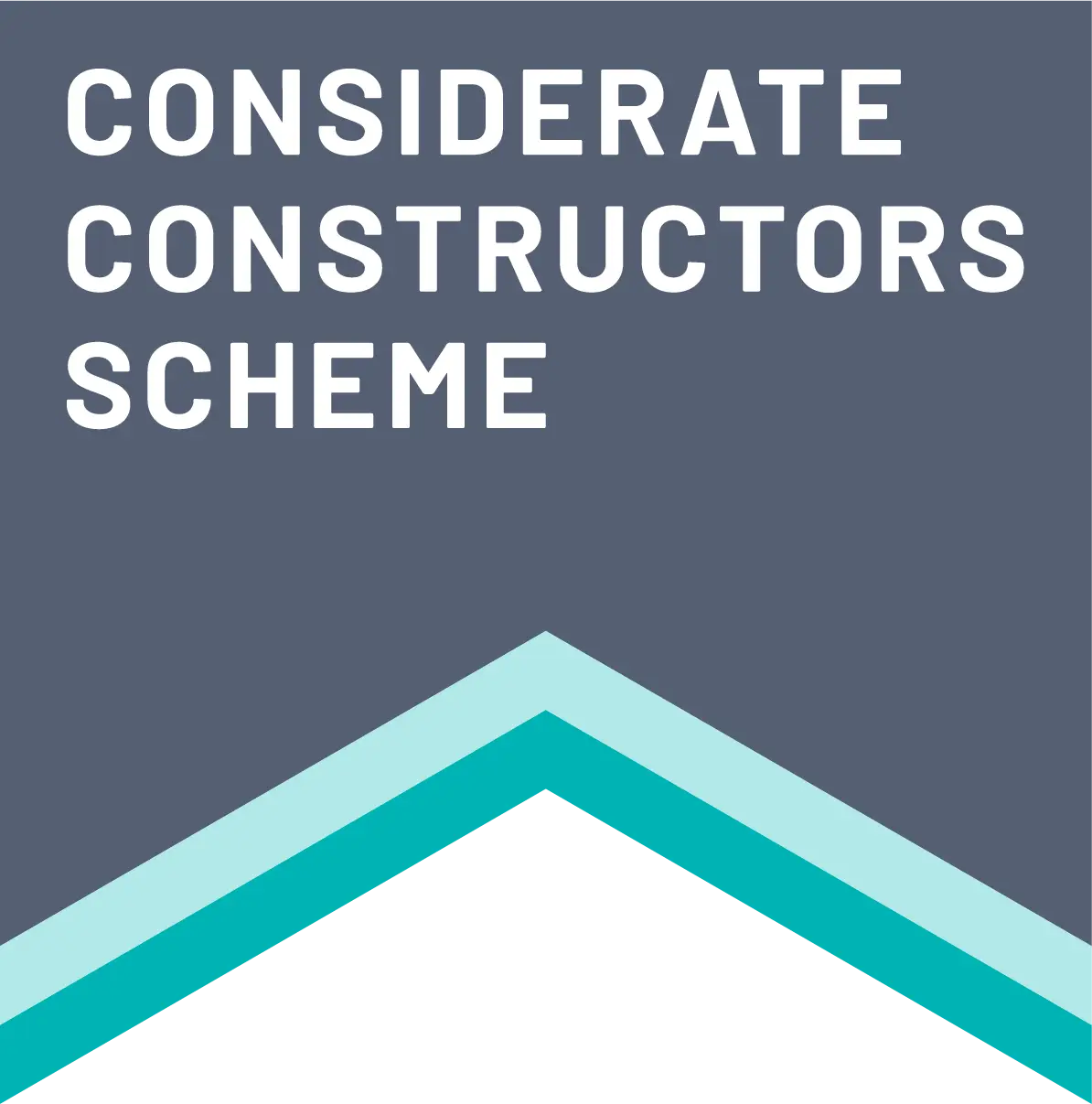In the fast-paced UK construction industry, understanding and complying with the Construction (Design and Management) Regulations 2015 (CDM 2015) is crucial for ensuring project safety and efficiency. This article unpacks the essentials of CDM regulations, highlights the critical role of the CDM Manager/Principal Contractor, and showcases SJP Interiors’ expertise in guiding clients through these complex regulations.
Contact SJP Interiors now for expert guidance on navigating CDM regulations effectively.
What Are CDM Regulations & What Is Their Purpose?
CDM Regulations form the backbone of construction project safety in the UK, applying to all construction activities. They aim to improve health and safety in the industry by minimising or eliminating risks. We understand that complying with these regulations is not just a legal requirement, but a moral imperative to ensure the safety of all construction workers and the public.
What is the Meaning of CDM?
The Construction (Design and Management) Regulations, or CDM, are comprehensive health and safety stipulations that all UK construction projects must follow. SJP Interiors leverages these guidelines to ensure every project aligns with the highest safety standards, from initial design through to project completion.
When Were the CDM Regulations Introduced?
Since their inception in 1994, CDM regulations have evolved to address the dynamic nature of construction practices, with significant updates in 2007 and the latest in 2015. These iterations have expanded the scope and applicability of the regulations, ensuring they encompass all construction activities. SJP Interiors keeps on top of these changes, ensuring your projects adhere to the current legal framework.

What Are the 5 Main Parts of CDM?
CDM 2015 is structured into five main parts, covering everything from project commencement to general requirements for all construction sites. Our approach to project management incorporates these comprehensive guidelines to ensure every aspect of your project is legally compliant and safety-focused.
The five main parts of CDM 2015 are:
- Part 1: Introduction – This section provides an overview of CDM regulations and their objectives, emphasising the importance of health and safety in construction projects.
- Part 2: Client Duties – Part 2 outlines the responsibilities and duties of the client in a construction project, including appointing competent professionals, ensuring a health and safety plan, and notifying the Health and Safety Executive (HSE).
- Part 3: Health and Safety Duties – In this part, the duties of designers, contractors, and others involved in the project are detailed. It covers the requirement to eliminate or mitigate health and safety risks during both the design and construction phases.
- Part 4: General Requirements for All Construction Sites – Part 4 lays out the general requirements applicable to all construction sites, including the need for effective communication, cooperation, and coordination among duty-holders to ensure safety.
- Part 5: Transitional Arrangements and Revocations – The final part addresses transitional arrangements and the revocation of previous CDM regulations, ensuring a smooth transition to the new CDM 2015 framework.
By incorporating these five main parts, CDM 2015 aims to enhance safety and reduce risks throughout the construction process. Our project management approach aligns with these guidelines to guarantee that your project complies with the law and maintains a strong focus on safety.
CDM Requirements & Compliance
Compliance with CDM involves three key phases: pre-construction, construction, and post-construction. Our team ensures that each phase meets the specific CDM requirements, from notifying the HSE to maintaining rigorous health and safety standards throughout the project lifecycle.
When Does CDM Come into Effect?
The application of CDM (Construction (Design and Management) Regulations) depends on the duration and nature of a construction project. Here are some key stipulations:
- Project Duration: CDM typically applies to projects that last more than 30 working days and involve more than 20 workers at the same time or exceed 500 person-days of work.
- Notification: If your project meets the criteria mentioned above, it is a legal requirement to notify the Health and Safety Executive (HSE) about the project. This notification must be made before the construction work begins.
- CDM Manager: For projects lasting longer than 30 working days and involving more than 20 workers or exceeding 500 person-days of work, a CDM manager or coordinator is required. This professional plays a crucial role in coordinating health and safety efforts throughout the project.
By understanding these stipulations and ensuring compliance from the outset, you can effectively manage health and safety on your construction project and avoid potential legal issues. Our team is well-versed in these requirements, and we ensure that each phase of your project aligns with CDM regulations, from the initial notification to maintaining rigorous health and safety standards throughout the project lifecycle.
Duties of Principal Contractor
The role of the Principal Contractor under CDM2015 is pivotal in managing health and safety during the construction phase. SJP Interiors fulfils this role with a commitment to planning, managing, monitoring, and coordinating work effectively, ensuring safety and compliance are maintained at every project stage.
Why Is a Principal Contractor Important?
The Principal Contractor plays a vital role in delivering a construction project safely and efficiently. We take this responsibility seriously, focusing on the safety of all workers and the successful delivery of the project, in compliance with CDM regulations.
Duties of Principal Contractor – Checklist
SJP Interiors adheres to a detailed checklist of duties as your Principal Contractor, ensuring comprehensive safety and health management throughout the construction phase. This includes developing and implementing the Construction Phase Plan (CPP), coordinating site safety, and ensuring effective communication among all project participants.
- Construction Phase Plan – A core responsibility of the Principal Contractor is to prepare and maintain the CPP. We excel in developing CPPs that are not only compliant but tailored to the unique needs and risks of your project, ensuring safety and efficiency are optimised.
- Monitoring and Managing Construction Safety – Our role extends beyond planning to active monitoring and management of safety on-site. SJP Interiors ensures that safety measures are effectively implemented and that the project adheres to all legal and regulatory requirements, thereby safeguarding everyone involved.
- Welfare Facilities, Unauthorised Access, and Site Rules – Ensuring adequate welfare facilities, preventing unauthorised access, and establishing clear site rules are key responsibilities that SJP Interiors manages diligently, reinforcing our commitment to safety and compliance on every project.
- Providing Suitable Site Inductions – Comprehensive site inductions are crucial for informing workers about site-specific risks and control measures. Ensure that every individual on-site receives thorough induction and training, emphasising our dedication to safety and well-being.

Wrapping Things Up
Compliance with CDM regulations is paramount for the success and safety of construction projects in the UK. SJP Interiors stands as a pivotal partner for clients, ensuring projects are not only compliant but also executed with the utmost safety, efficiency, and integrity.
Are you ready to meet and exceed CDM regulations? Contact SJP Interiors to engage with our CDM management specialists and elevate your project to the highest standards of compliance and excellence.
